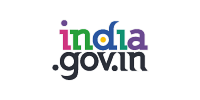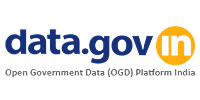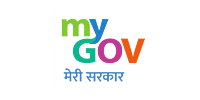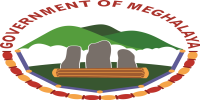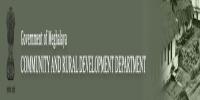Key Features of NRLM
Universal Social Mobilization
50% SC/ST, 15% Minorities, 3% PWD, 100% coverage of BPL families
Promotion of Institution of the poor
Village & higher level federations, livelihoods collectives, producers’ cooperatives/companies, forward-backward linkages etc.
Training for capacity/skill building
Management, Market linkages, CRPs, ICT
Revolving Fund & Capital Subsidy
10-15000/SHG , 70% ST/SC BPL member
Universal Financial Inclusion
Both demand & supply side, insurance, remittances, Bank Mitras, Bima Mitras
Provision of Interest Subsidy
> 7% PA (>70% BPL families) till every member avail cum. Loan of 1 lakh.
Livelihoods
Look at the entire portfolio of livelihoods and work towards stabilizing & enhancing existing livelihoods and subsequently diversifying it.
Infrastructure creation & Marketing support
Market research, market intelligence, technology extension, backward-forward linkage, Rural Haats ( 25% of fund).
Skills & Placement Projects
Partnership with Public, Private, NGO/CBO, NSDC (15% of central allocation)
Rural Self Employment Trg. Institute(RSETIs)
PSB to set up RSETIs in all dist. need based experiential learning program followed by handholding support and partner with CBOs
Innovations
Innovation which have potentials for reaching out specifically to POP with largest nos. for maximum impact with limited resources. (5% of central allocation)
Convergence & Partnership
Convergence with other programs of MoRD & other central/state govt. programs. Partnership with NGOs/CBOs at strategic & implementation levels.
Linkages with PRIs
Formal platform to be established for regular consultation for advice, support, sharing of resources. Traditional Local village institution to replace PRIs where PRIs are not available.
Technical Support
Build a national pool of experts, practitioners and advisers in all the relevant disciplines to provide handholding support to SLRM for developing & executing SPRS.
Sensitive Support Structure
Dedicated & sensitive structure at National, State, Dist. & Sub-district levels staffed with professionally competent and dedicated human resources. Suitable linkages with DRDA and PRIs.
Support structure
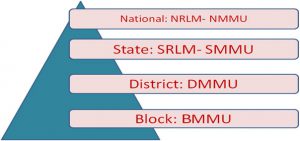
Monitoring & Learning
Web enabled comprehensive MIS, visit by senior colleagues, Process monitoring studies, thematic studies, impact evaluation
Funding Pattern
75:25(90:10 for NE, 100% for UTs) to be distributed in relation to the incidence of poverty in the states.
Phased Implementation
Pilot blocks, Intensive and Non-intensive blocks. The program to reach all blocks & districts by end of 12th FYP.
Transition to NRLM
All states/UTs would have to transit to NRLM within a period of 1 Yr. from the date of formal launch of NRLM.

